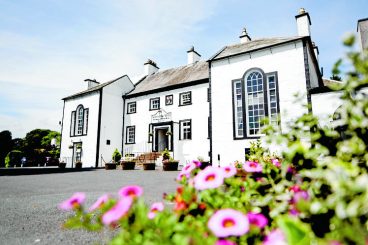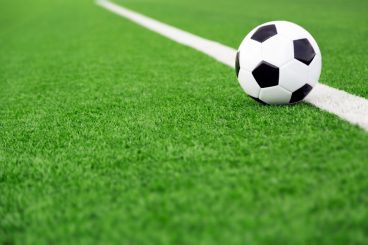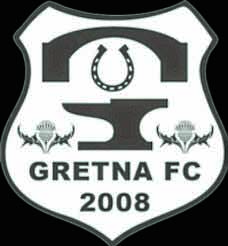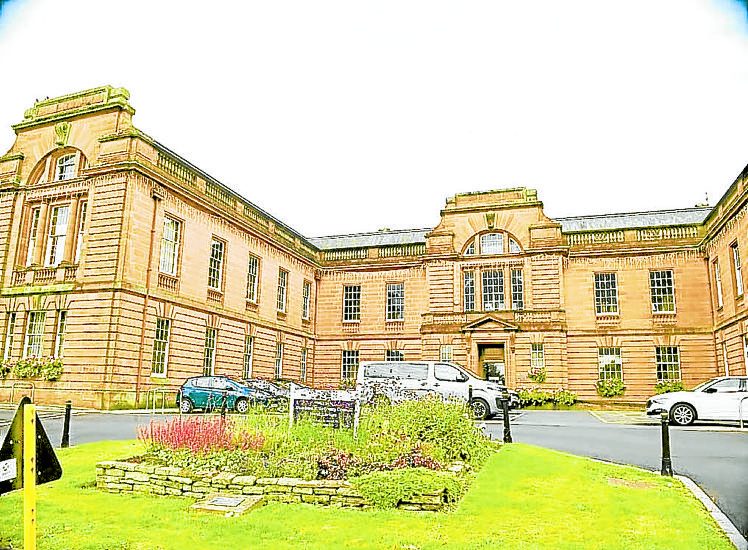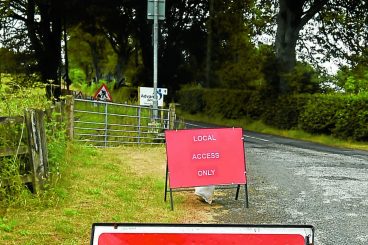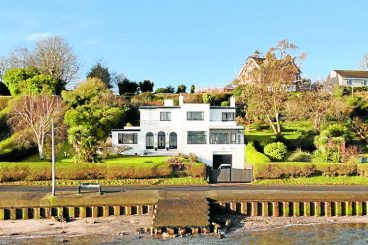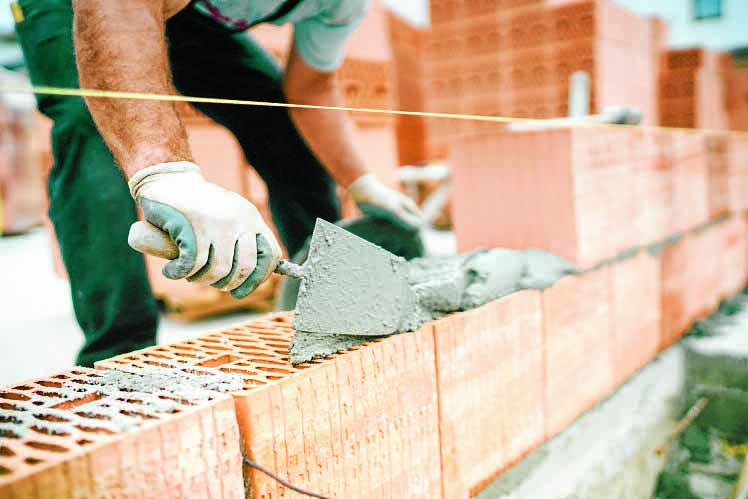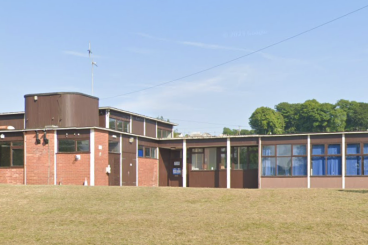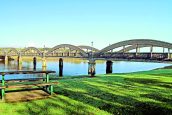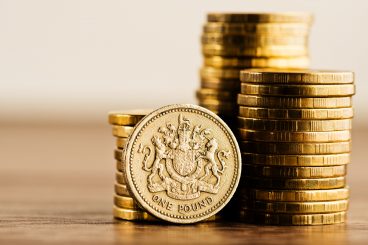An image of the woman, who was buried on a bed of shells at Whithorn Priory, and pictures showing the reconstruction process have been released ahead of a special event at Wigtown Book Festival where the animations will be shown.
The “Bishops, Bones and Burials” session will bring together three of the experts who pieced her together.
Dr Adrian Maldonado of National Museums Scotland, who leads the Cold Case Whithorn project, will be joined by cranio-facial anthropologist Dr Chris Rynn and Dr Kirsty Dingwall, of Headland Archaeology, for this weekend’s talk.
All have been pivotal to a project which has been able to reveal fascinating insights into the lifestyles, diets and health of people from Scotland’s distant past.
But the research has raised many questions too, including why was the young woman in her 20s buried on a bed of shells?
The unknown male has also challenged conventional wisdom. The positioning of his grave, in an area close to the high altar of the cathedral, suggests that he was a cleric of high status. Yet it was often thought that someone with a cleft palate would not be able to rise through the religious hierarchy because of the difficulty they would have intoning the Mass.
Dr Maldonado said: “These graves were discovered decades ago, when they could not have anticipated the kinds of questions we can now ask. In addition to generating critical new scientific data about health and diet in the past, the people of medieval Whithorn continue to inspire stories.”
Their remains were radiocarbon dated, put under ancient DNA analysis and facially reconstructed.
The research shows that the man with the cleft palate, who was buried among priests and bishops, grew up locally and had a mainly terrestrial diet like other local folk, while the bishops had rich diets with lots of fish protein.
His grave was an elaborate mortared stone cist like the bishops around him, but if he was buried dressed or with other objects, they did not survive.
The woman has not yet been tested for diet and mobility. She was buried with the rest of the laypeople.
National Museums Scotland and Dumfries and Galloway Council Museums Service loaned the skulls for 3D scanning by Dr Adrian Evans at University of Bradford. They were then reconstructed digitally and given lifelike faces.
The new 3D animations will now go on show along with one of Bishop Walter at the Whithorn Trust Visitor Centre.
Julia Muir Watt, the trust’s development manager, said: “The chance to see and imagine that we can hear these three people from so many centuries ago is a remarkable way to help us understand our history and ancestry.
“It’s always a challenge to imagine what life was really like in medieval times, and these reconstructions are a brilliant way to engage with who these people from our past really were, of their everyday lives, their hopes and their beliefs.”






